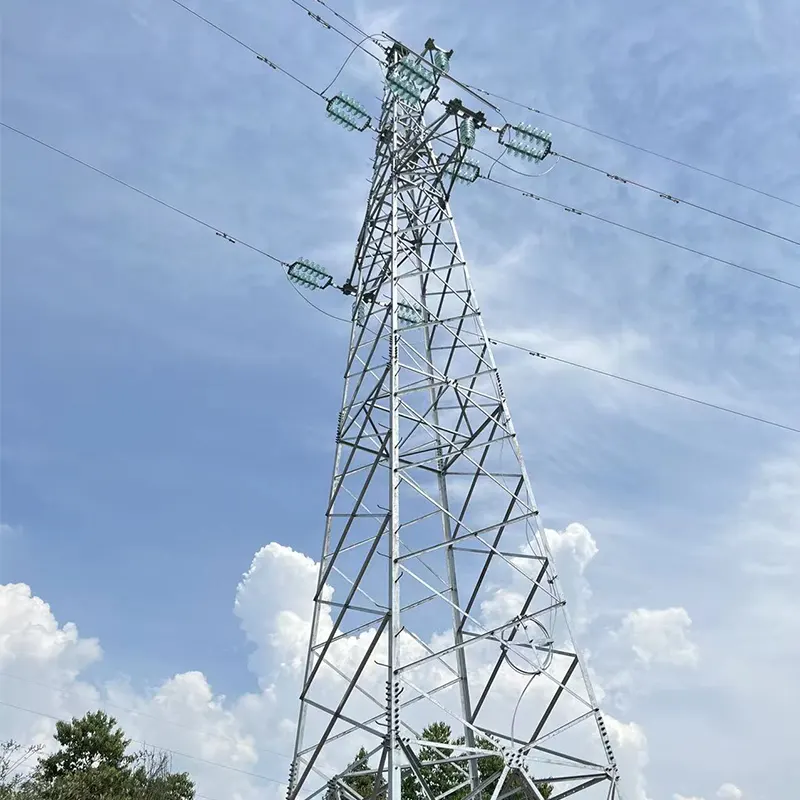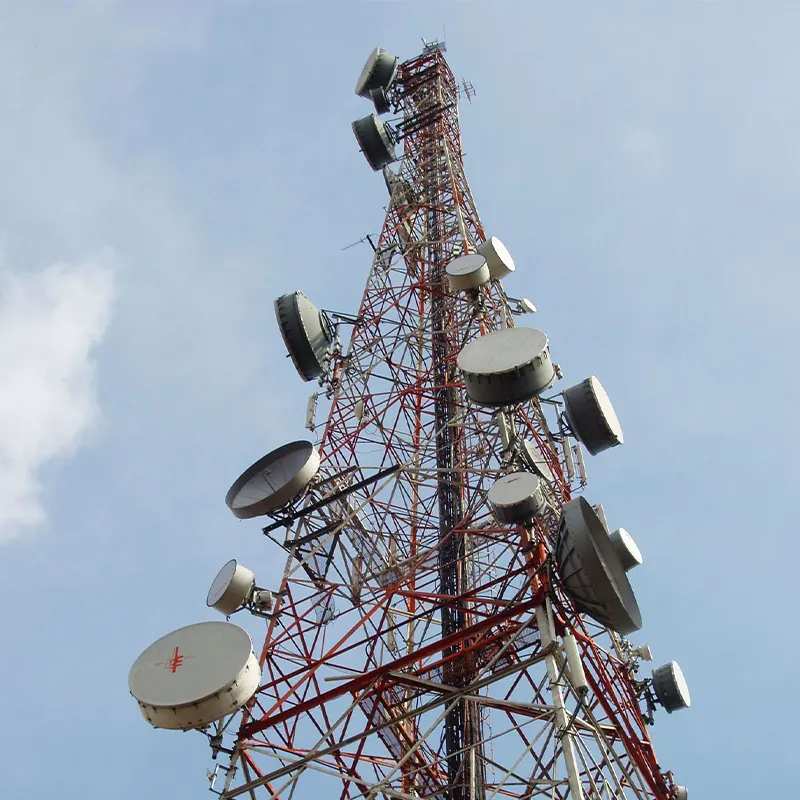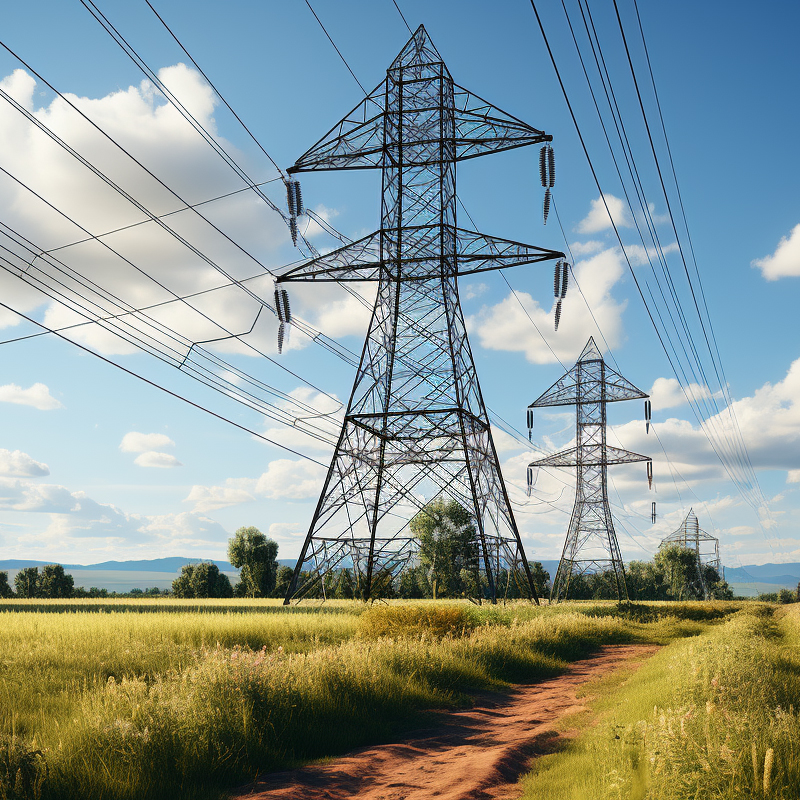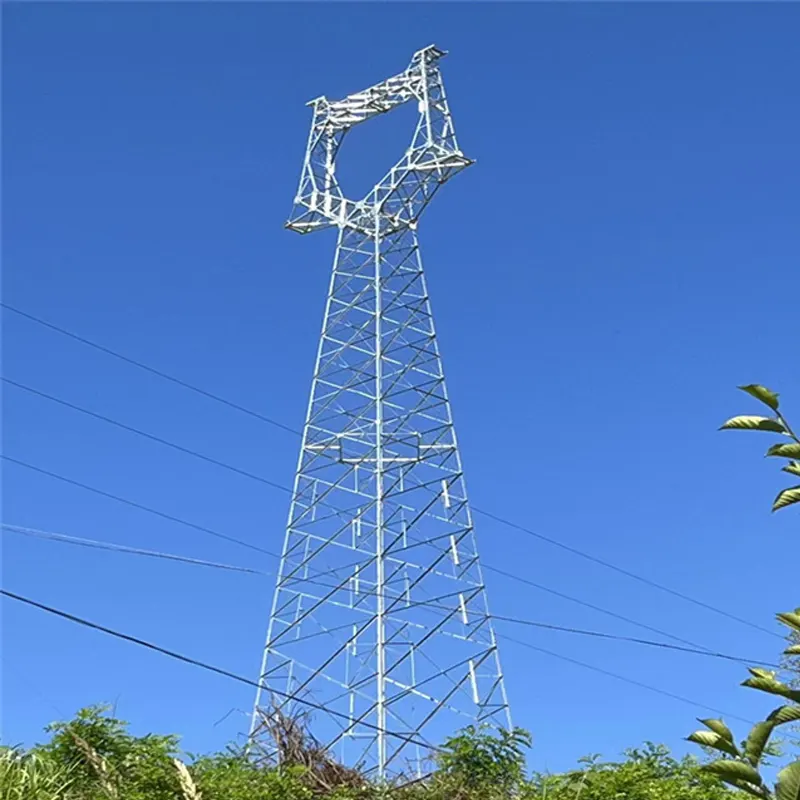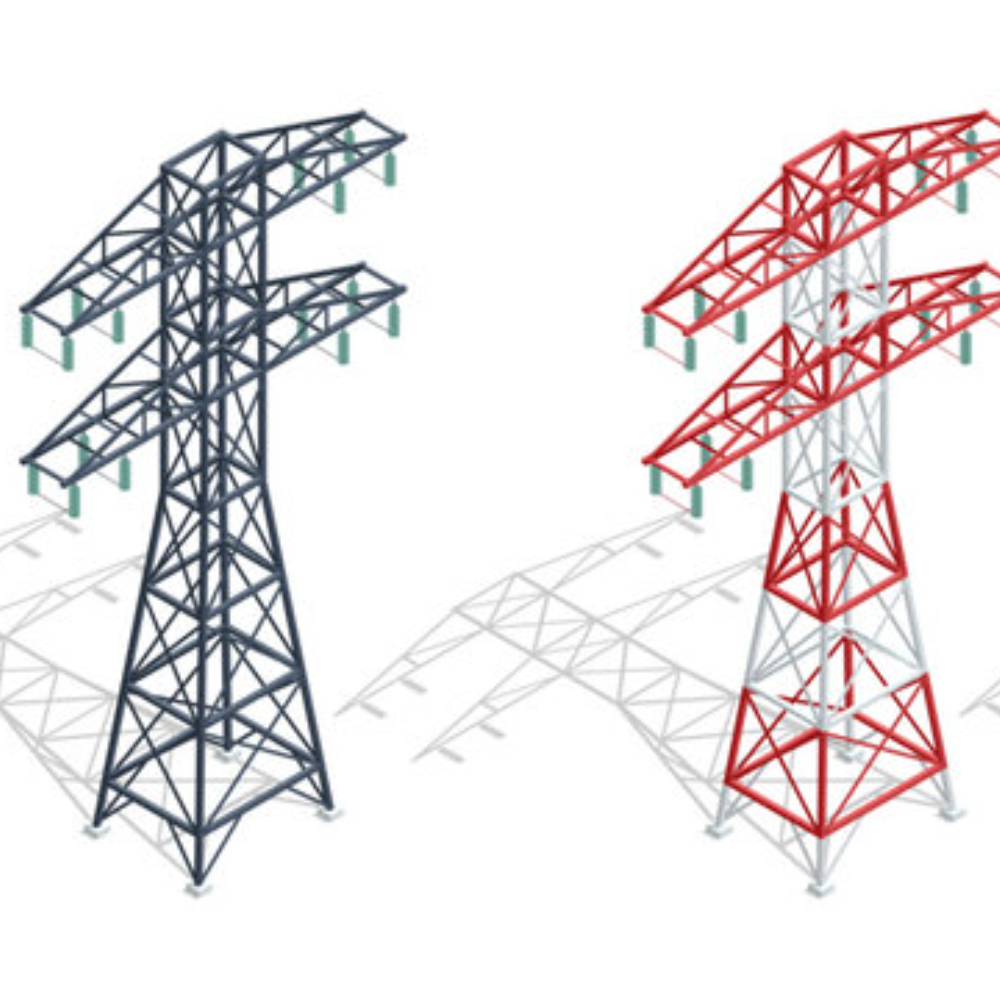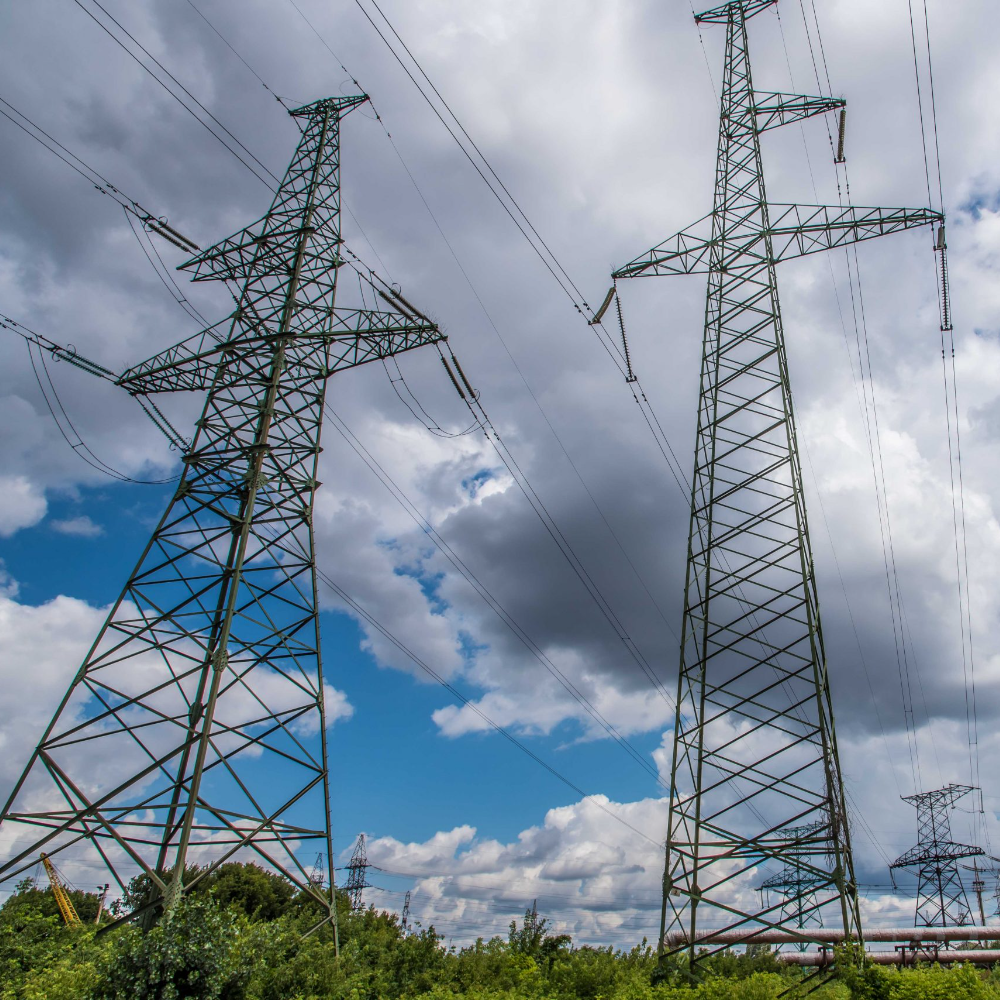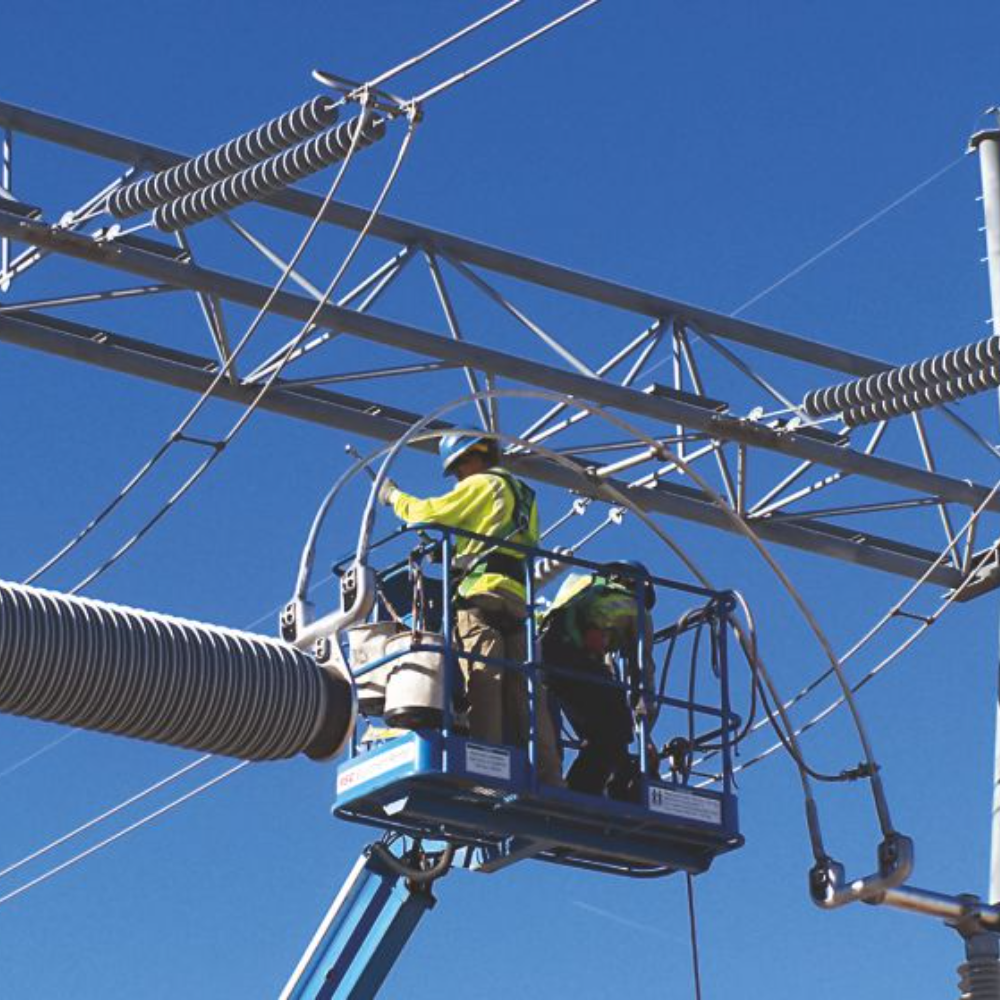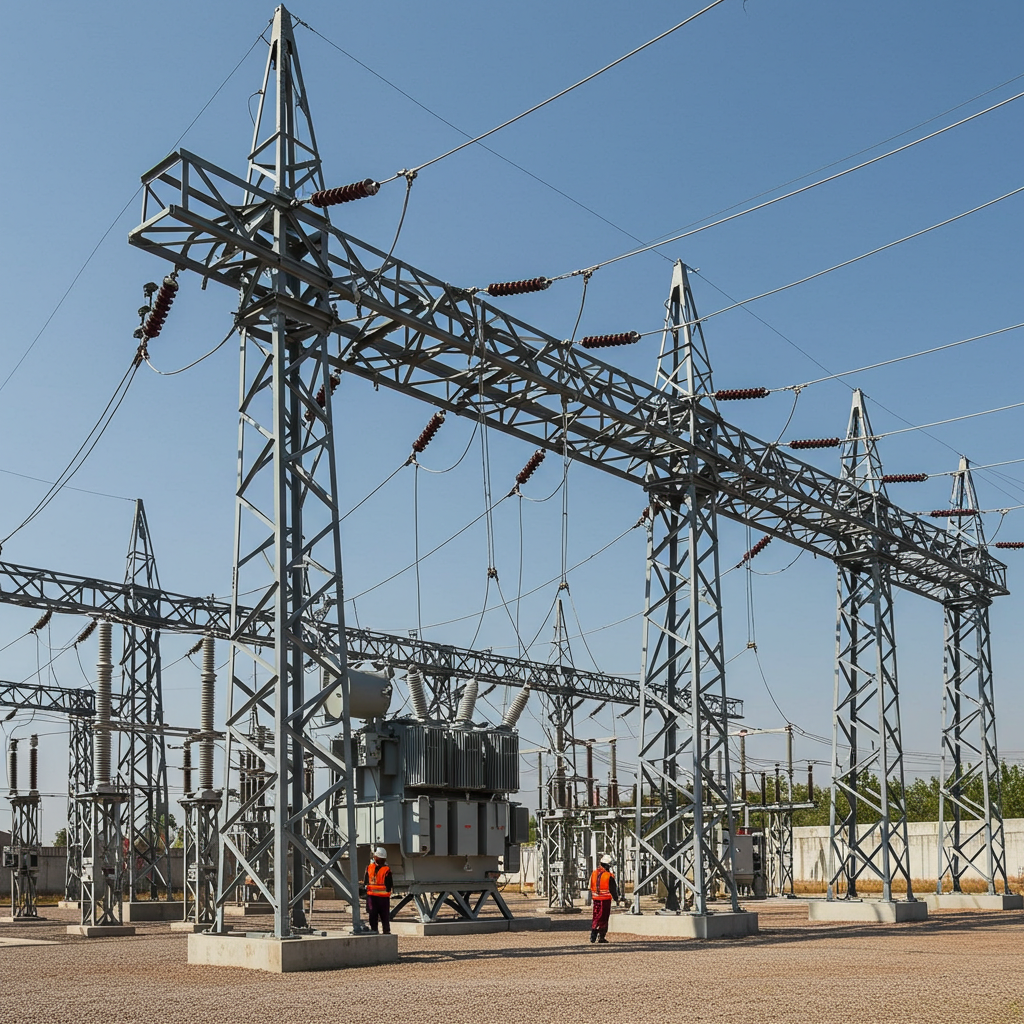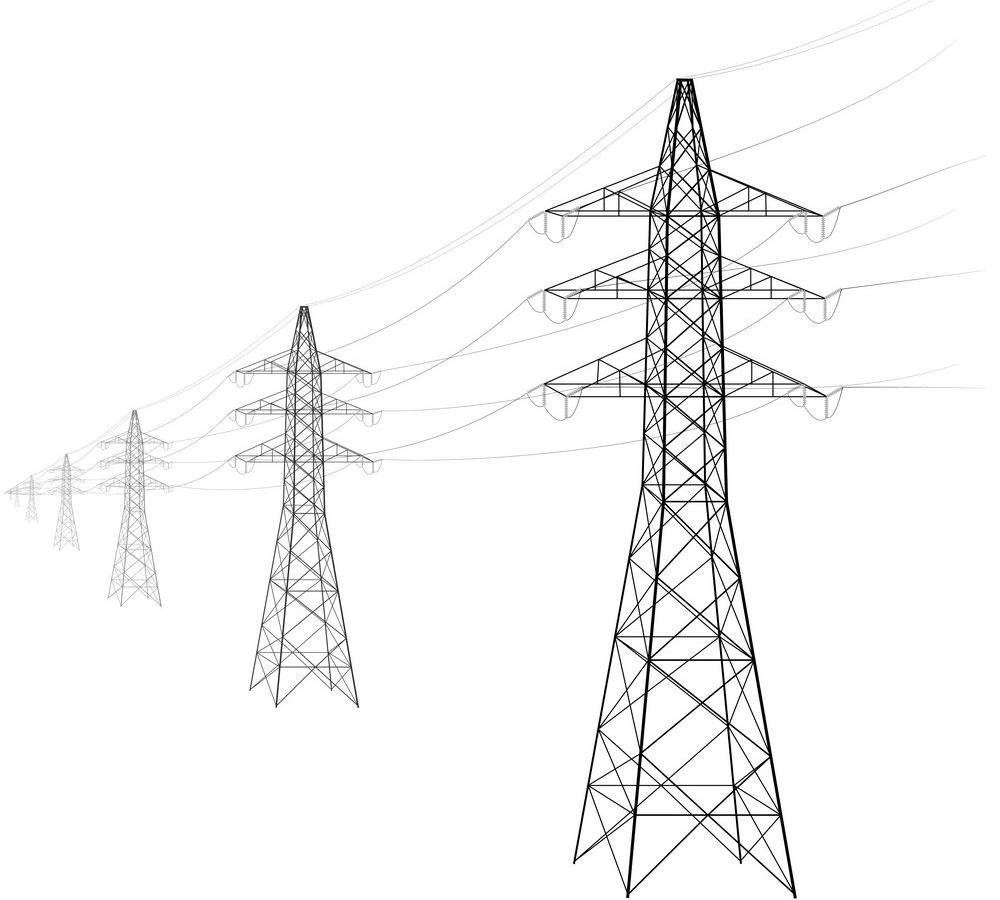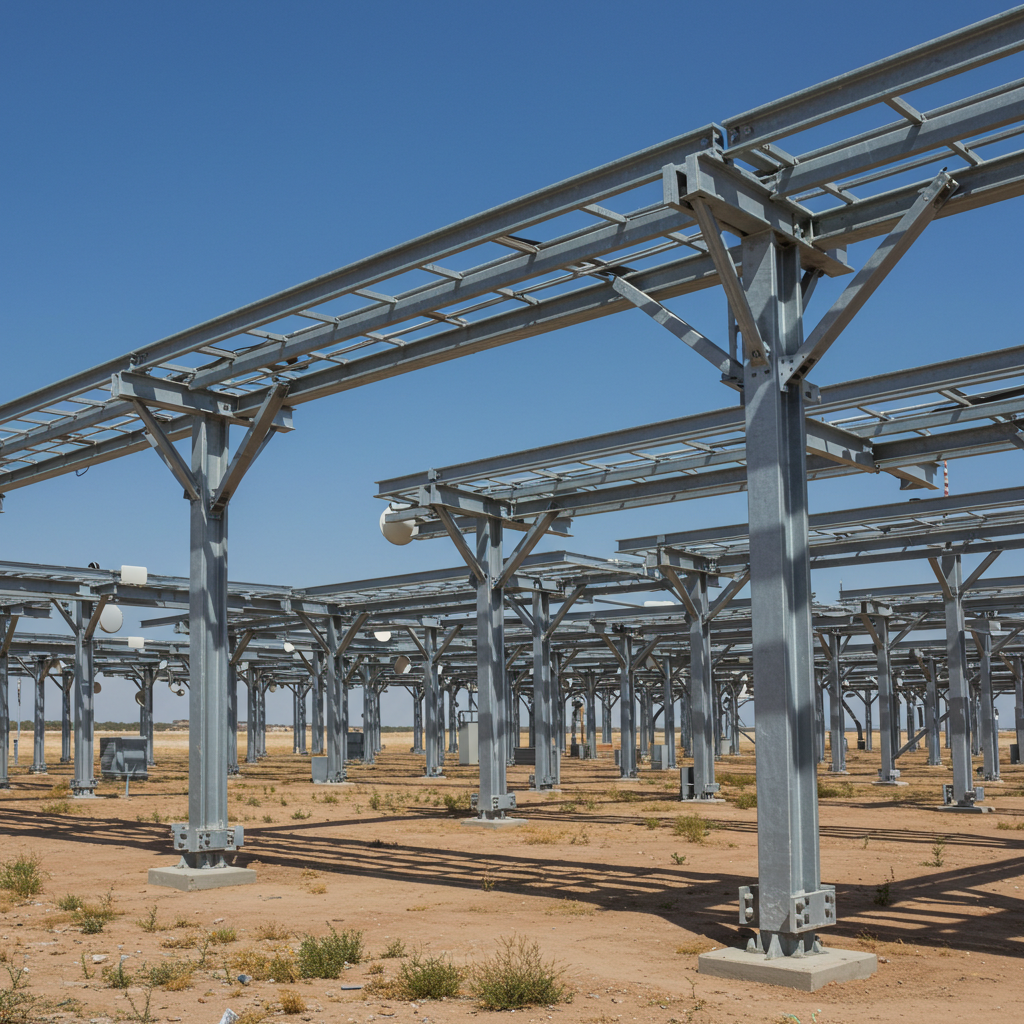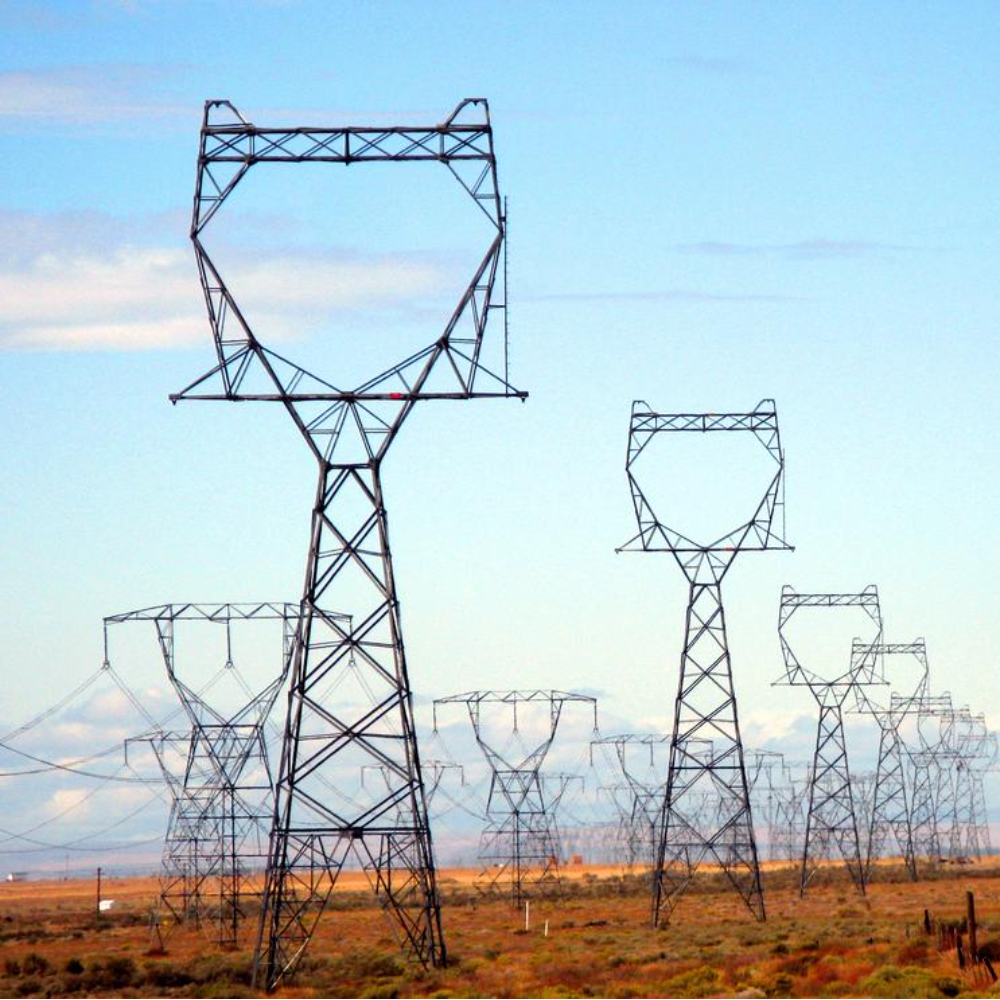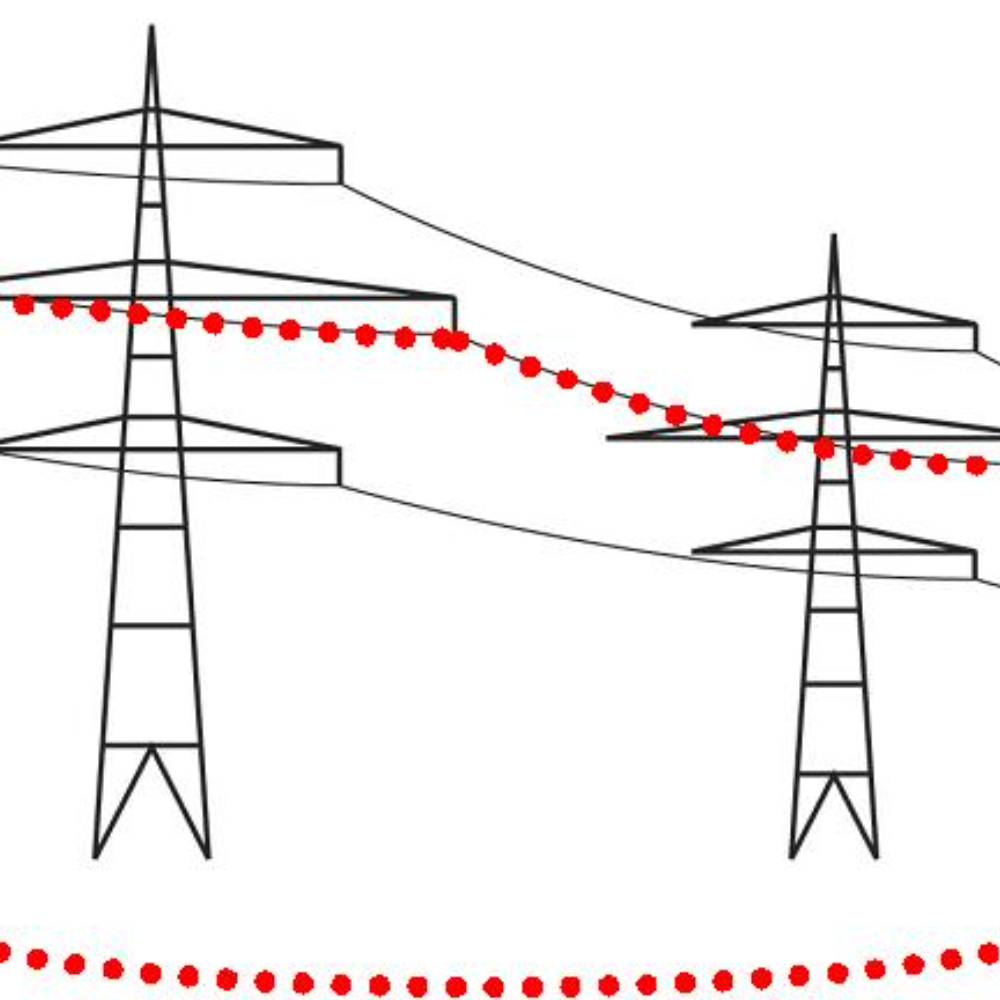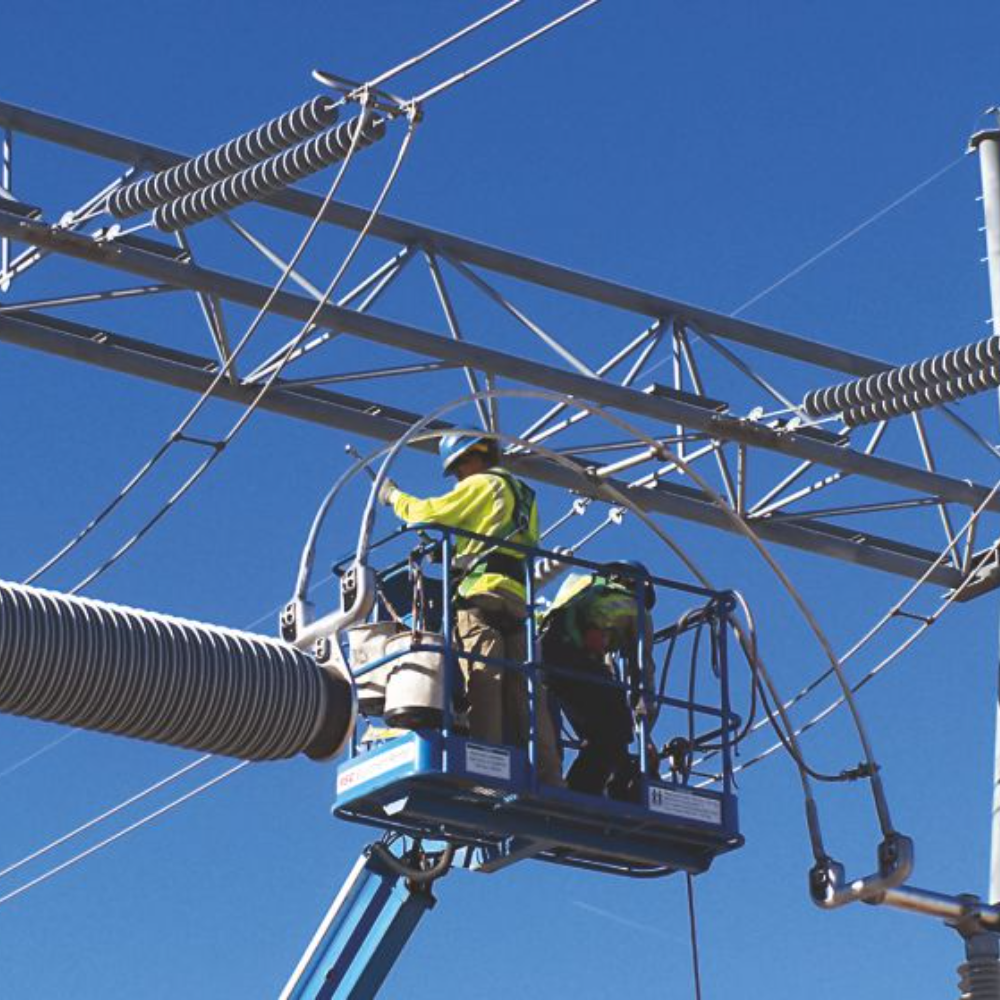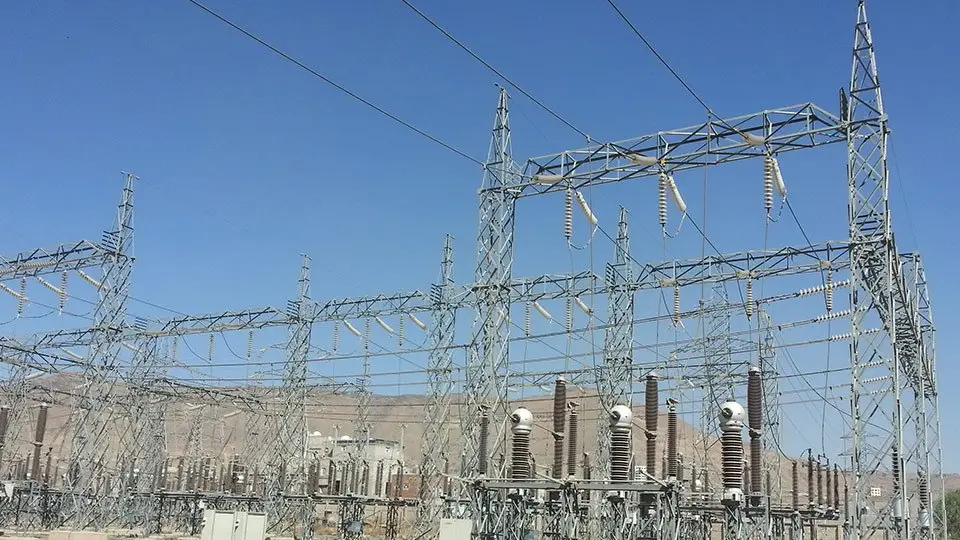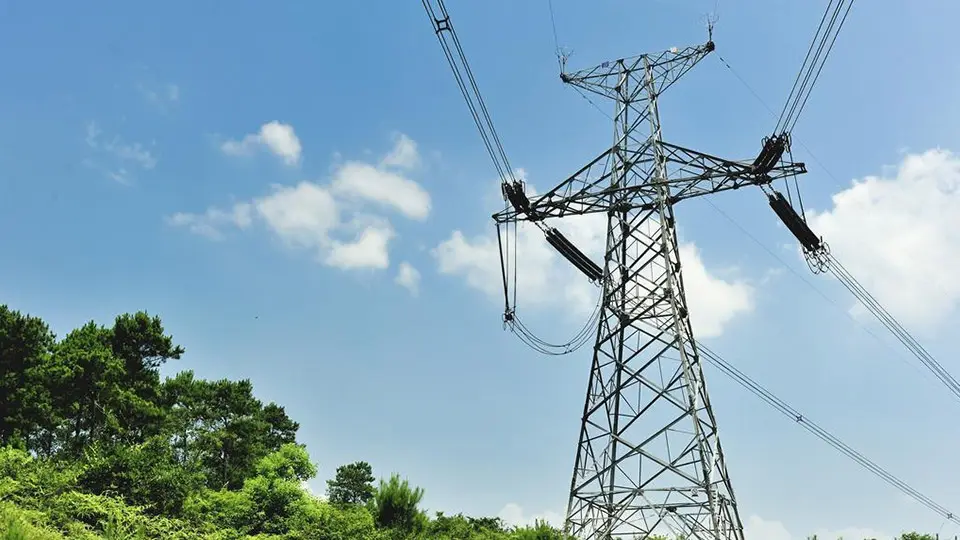Telecommunication Tower Services
Telecommunication tower services offer critical voice, data, and internet solutions, ensuring seamless connectivity for both individuals and businesses. These services encompass mobile and fixed-line telephony, broadband internet, satellite communications, and cloud platforms, playing a vital role in modern communication. They drive global connectivity and foster innovation across various sectors such as healthcare, education, finance, and entertainment. As technology continues to evolve, telecommunication services are enhancing their offerings to deliver faster, more reliable, and cost-efficient solutions to cater to the rising demand.
Tailored tower designs and services to meet specific client needs and network requirements
Address radiation concerns and ensure operational safety.
Innovative designs that blend seamlessly with the environment, preserving the visual appeal of the surroundings.
Eco-friendly construction practices and materials to minimize environmental impact and support green initiatives.
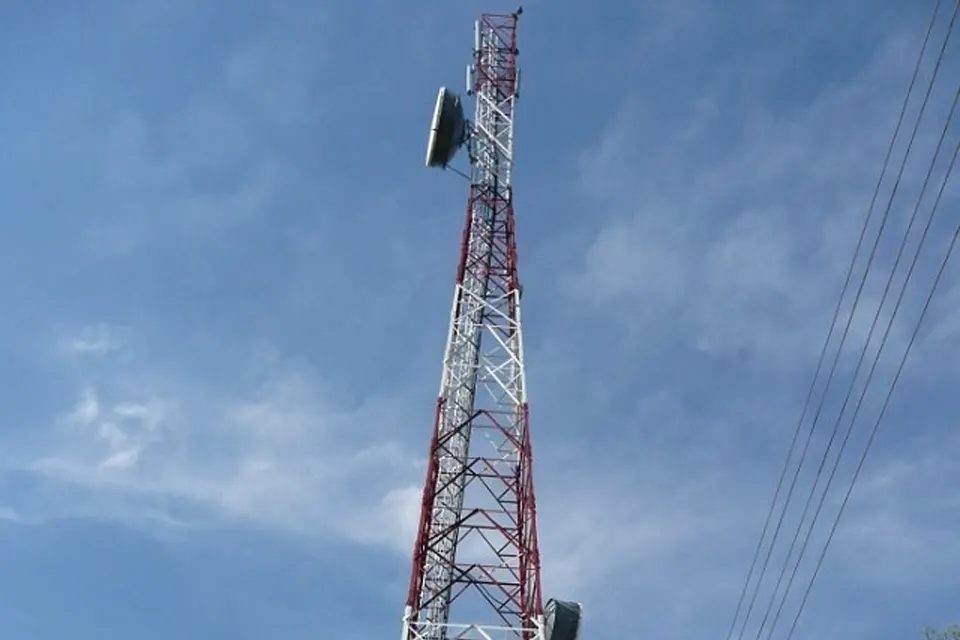
Work With Our Experienced Tower Installation Team
Telecom Tower
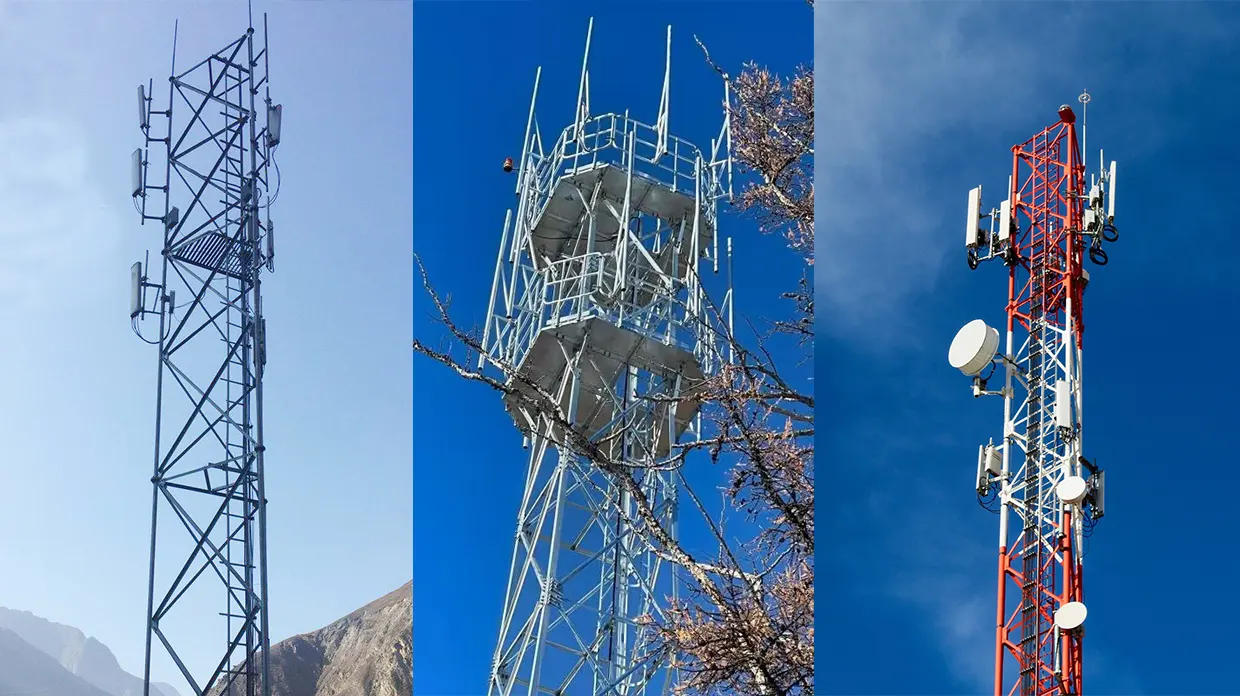
- Material: Steel Q255B/Q355B/Q420B
- Manufacturing Standard: GB/T2694-2018
- Wind Pressure: 30M/S
- Surface Treatment: Hot dip galvanized
- Height: 5-200m/customized
- Legs: 3 legs/4 legs
- Platforms: 2-5 Platforms (work and rest platforms)
- Type: Self-supporting lattice tower, monopole, roof tower, guyed tower
- Main Material: Tower body, base, lightning rod, grounding conductor, access ladder, protective fence, cable rack, working platform, bolts and nuts, positioning plate, antenna mounts, aviation lights with brackets, foundation.
- Inspection Standards: Mechanical tensile test, chemical composition inspection, raw material size inspection, manufacturing process size inspection, prototype inspection, non-destructive test, hot dip galvanizing, bolts & nuts inspection, packing inspection.
Telecom Monopole
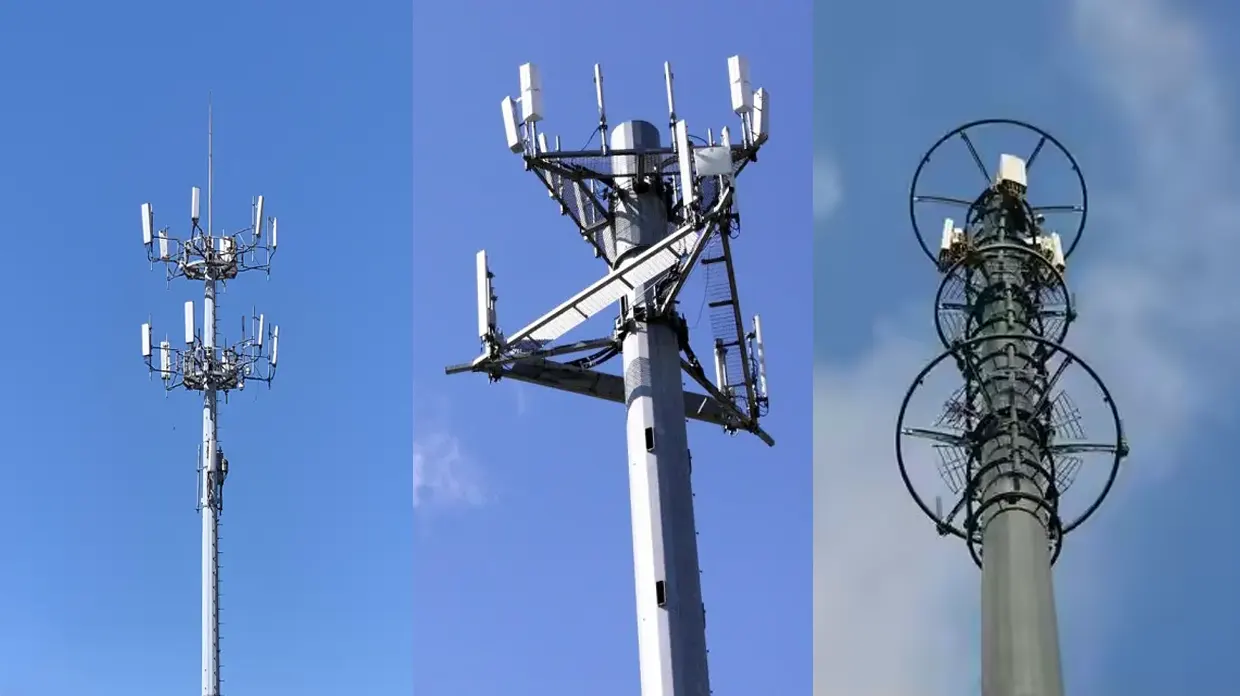
- Material: Steel Q255B/Q355B/Q420B
- Wind Pressure: 30M/S
- Height: 6-50m/customized
- Surface Treatment: Hot dip galvanized
- Standard: CE
- Shape: Polygonal
- Section Length: 3~12m
- Components: Pole body, climbing nail, antenna bracket, fall protection system.
FAQ
1. What are telecommunication tower services?
Telecommunication tower services include the design, fabrication, installation, and maintenance of towers used to support communication equipment for cellular, internet, and broadcasting networks.
2. What types of telecommunication towers are commonly used?
Common types include self-supporting lattice towers, guyed towers, monopole towers, and rooftop towers. Each type is chosen based on factors like space, height, and load requirements.
3. What materials are used to construct telecommunication towers?
Towers are typically built using high-grade steel, which is galvanized to protect against corrosion and ensure durability in various weather conditions.
4. Why is hot-dip galvanization important for tower materials?
Hot-dip galvanization enhances the longevity of tower structures by preventing rust and corrosion, making them suitable for long-term outdoor use.
5. How long does a telecommunication tower last?
With proper maintenance and quality construction, a telecommunication tower can last for 30 years or more.
6. What industries rely on telecommunication tower services?
Industries such as mobile telecom, internet providers, emergency services, media broadcasting, and military operations depend on reliable tower infrastructure.
7. Can towers be customized for specific projects?
Yes, telecommunication towers can be designed and customized based on client requirements such as height, structural capacity, wind resistance, and geographic location.
8. What are the safety standards followed in tower construction?
Standards include mechanical load testing, quality inspections, and adherence to national and international construction codes to ensure structural integrity and worker safety.
9. What are the key steps involved in telecommunication tower installation?
Key steps include site survey, tower design, foundation laying, steel structure erection, equipment mounting, and final inspection.
10. What maintenance is required for telecommunication towers?
Routine inspections, rust prevention, hardware checks, structural assessments, and electrical system maintenance are essential to keep towers operational and safe.
Want to Get More Details About Steel Towers? We're waiting for your contact!
Related Products
Related Resources
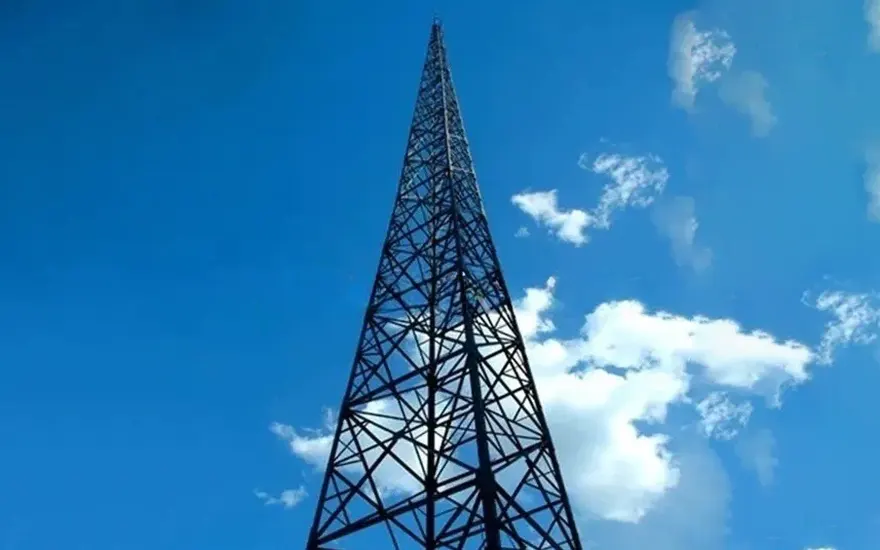
What is Telecommunication Tower ?
- Microwave Towers: Used for transmitting microwave signals, ideal for point-to-point communication. Cell Towers: Support mobile communication base stations, commonly used in cellular networks. Antenna Towers: Facilitate broadcasting, television, and other wireless signal transmissions. Satellite Towers: Support communication with satellites, suitable for remote and specialized areas.
- < Geographic Location: Selecting an optimal site for coverage and accessibility. Land Ownership: Ensuring legal rights and agreements for land use. Environmental Impact Assessment: Evaluating potential ecological and community effects. Building Permits: Obtaining necessary approvals from local authorities.

